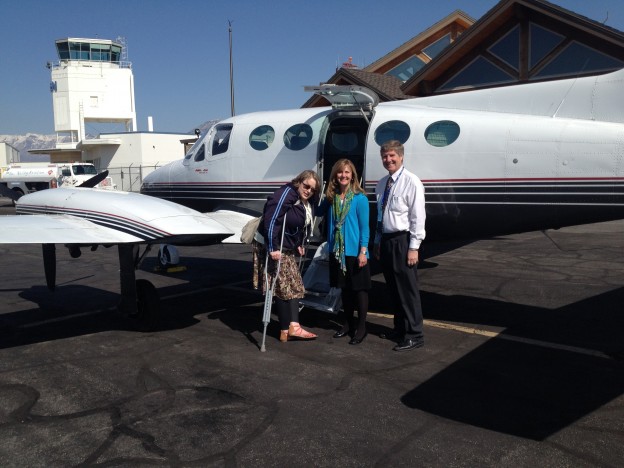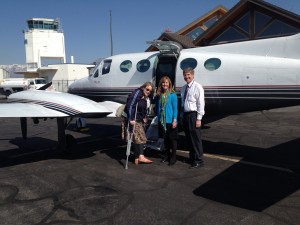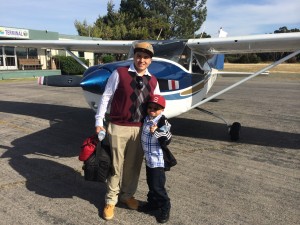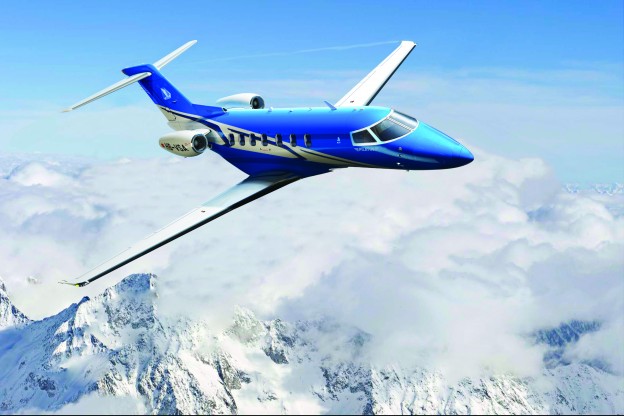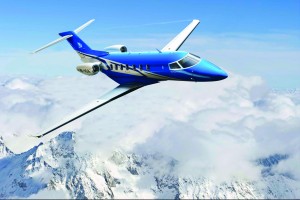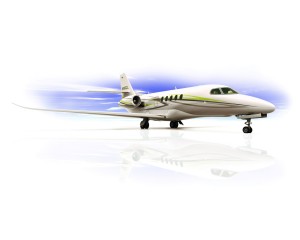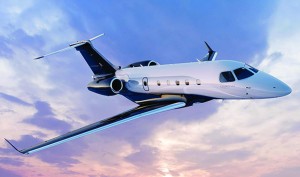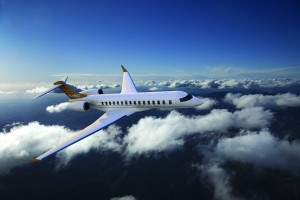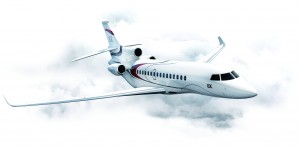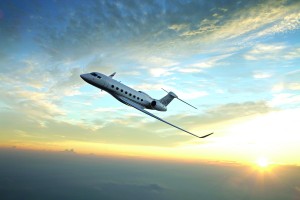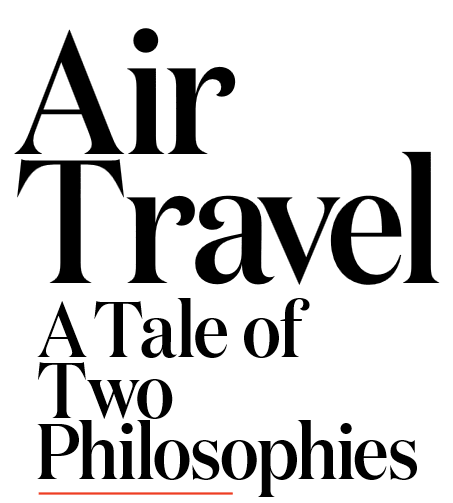Elevate and the entire Tempus family believe in using air travel as a platform for good. From humanitarian missions in Africa to moving doctors during medical emergencies, Tempus has built a company culture of outreach and assistance.
The following is an excerpt from a feature article published in the TEMPUS magazine spring 2015 issue.
Angel Flights: A volunteer group of pilots fly missions critical to medical needs of those less fortunate.
Angel Flight West was founded in 1983 as the Los Angeles chapter of the American Medical Support Flight Team. It links volunteer pilots in private aircraft and, when necessary, commercial airline partners like Alaska Airlines and Hawaiian Airlines, with folks in need—and that need can take any number of forms. More often than not it is required medical care, but it can also be anything from a military combat veteran taking part in a therapeutic program to someone escaping the nightmare of domestic violence. Angel Flight West is even the “official airline” for a number of children’s special needs camps.
“Transportation is the biggest barrier to health care after cost,” explains Josh Olson, executive director of Angel Flight West. “Not only do we remove that barrier by providing donated flights at no cost to our passengers, but we come alongside those we serve and provide compassion and care by doing what we love—flying.
“Our volunteer pilots are incredible. They range from commercial airline pilots to Fortune 500 CEOs, from retired physicians to gearheads that scrape together their discretionary income to fly once a month. There is this misperception that private pilots are the evil ‘one percent.’ That’s just not true; on the contrary, AFW volunteer pilots are incredibly generous individuals that love to fly and love to help others who are less fortunate.”
Olson also points out how critical a role AFW can play in the actual treatment process. “We hear all the time from our passengers how meaningful these flights are to their medical treatment,” he says. “However, we hear more often how the actual flight itself is part of the healing process for them. Some have such compromised immune systems that they can’t fly on commercial airplanes or endure lengthy ground transportation. The fact that someone takes time out of their busy schedule to help them in a season in life that is completely overwhelming physically, emotionally, and financially is hugely impactful on their lives. Even having the opportunity to be above the clouds for a couple of hours in a hectic week is therapeutic for them.”
Today, volunteer pilots fly for a vast array of causes and reasons. Some, like Angel Flight and its sister organizations Airlift Hope and Mercy Flight Southeast, and LifeLine Pilots, focus mainly on medical and urgent transport needs. Others are devoted to disaster response and relief, animal rescue, endangered species relocation, awareness of environmental concerns, children’s causes, and even domestic violence evacuation. What these groups all have in common are volunteer pilots who donate their time, aircraft, and flight expenses for the aid and betterment of the cause or causes they wish to assist.
Want to learn more or volunteer? Air Charity Network’s Website
Learn more about Tempus’ citizenship programs.
Excerpts taken from full article that was originally published in TEMPUS Spring 2015 issue written by Scott Walsh.

